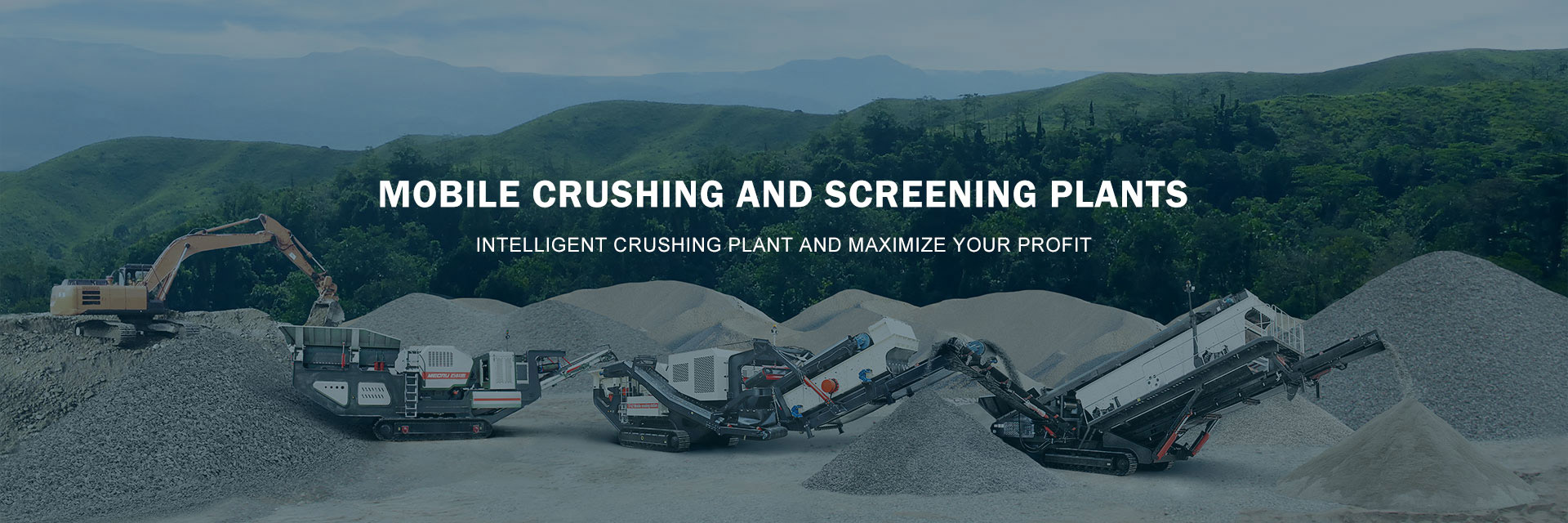Ore Beneficiation Materials refer to the raw materials, reagents, and equipment used in the process of improving the economic value of mined ore by removing gangue (unwanted minerals) and enhancing the concentration of valuable minerals. Below is a breakdown of key materials involved in ore beneficiation:
1. Raw Ore Types
Ore beneficiation is applied to various types of ores, including:
– Metallic Ores: Iron, copper, gold, lead, zinc, nickel, aluminum (bauxite), etc.
– Non-Metallic Ores: Phosphate, graphite, limestone, kaolin, silica sand, etc.
– Rare Earth & Critical Minerals: Lithium (spodumene), cobalt, tungsten, uranium.
 2. Beneficiation Reagents
2. Beneficiation Reagents
Chemical reagents are used to facilitate separation processes:
– Collectors (e.g., xanthates for sulfide ores) – Enhance mineral hydrophobicity for froth flotation.
– Frothers (e.g., pine oil, MIBC) – Stabilize bubbles in flotation.
– Depressants (e.g., sodium cyanide for pyrite) – Prevent unwanted minerals from floating.
– Activators (e.g., copper sulfate for sphalerite) – Improve collector adsorption.
– pH Modifiers (e.g., lime, sulfuric acid) – Control slurry acidity/alkalinity.
– Flocculants & Coagulants (e.g., polyacrylamide) – Aid in solid-liquid separation.
3. Grinding & Crushing Media
Used to reduce ore particle size:
– Steel balls (in ball mills)
– Rods (in rod mills)
– High-chrome grinding media
– Ceramic beads (for ultrafine grinding)
4. Separation Equipment & Materials
Different techniques require specific machinery and materials:
# Physical Separation Methods:
– Gravity Separation: Jigs, spirals, shaking tables (using water/air flow).
– Magnetic Separation: Low/high-intensity magnets for iron ore or rare earths.
– Electrostatic Sep tion: Used for heavy mineral sands (e.g., titanium).
tion: Used for heavy mineral sands (e.g., titanium).
# Chemical/Froth Flotation:
– Flotation cells with agitators and air injectors.
– Reagent dosing systems.
# Leaching & Hydrometallurgy:
– Cyanide (for gold/silver leaching)
– Sulfuric acid




